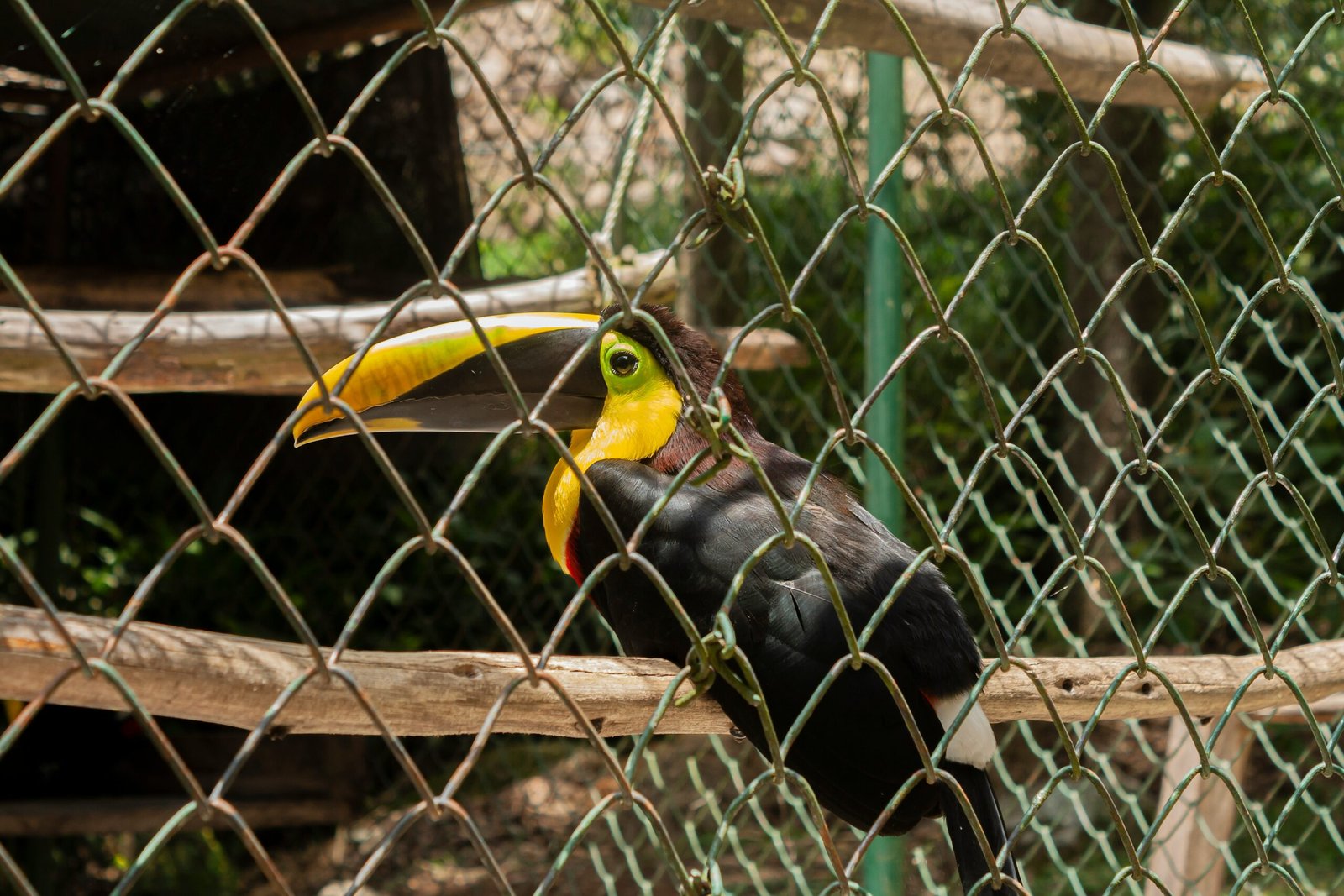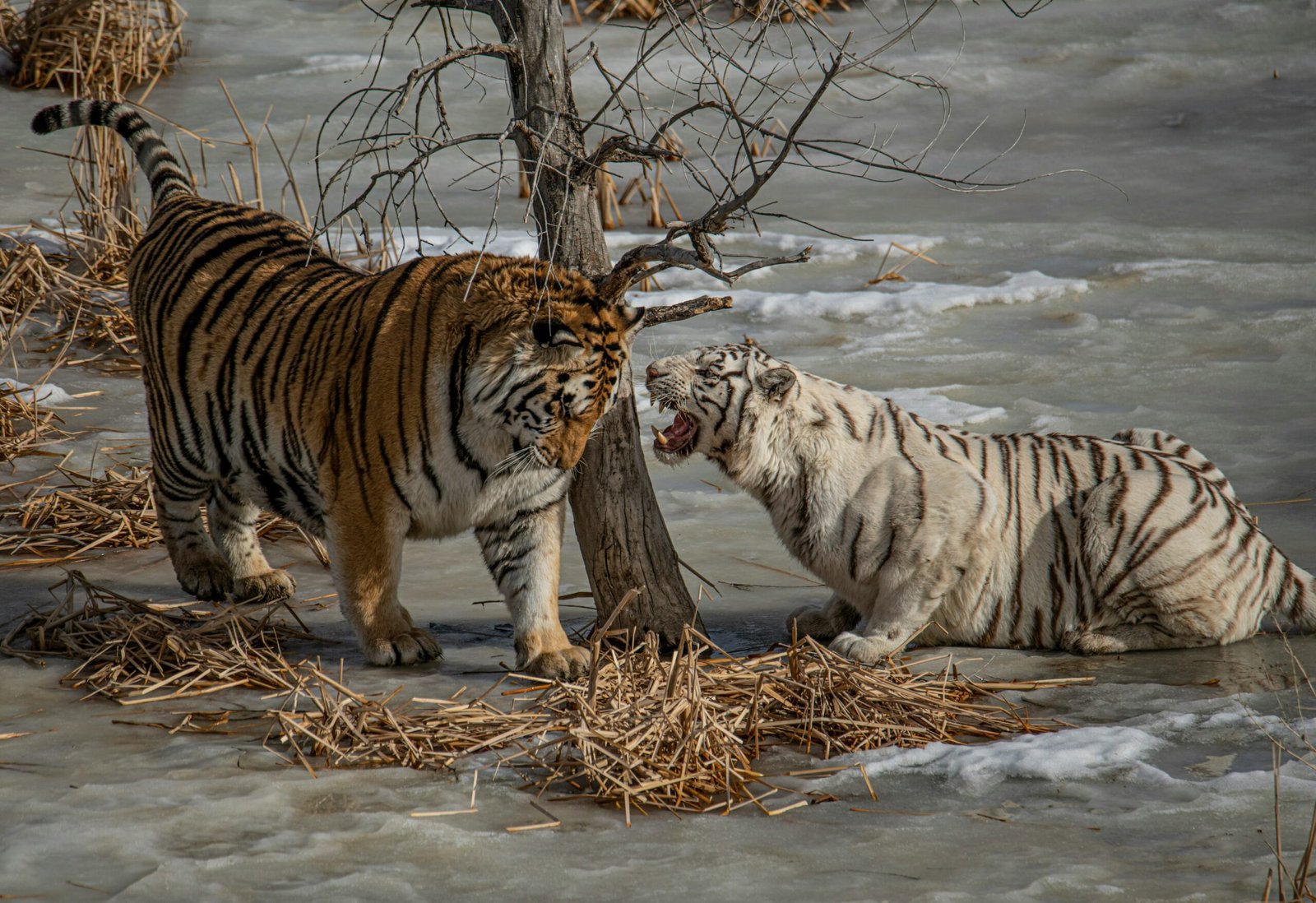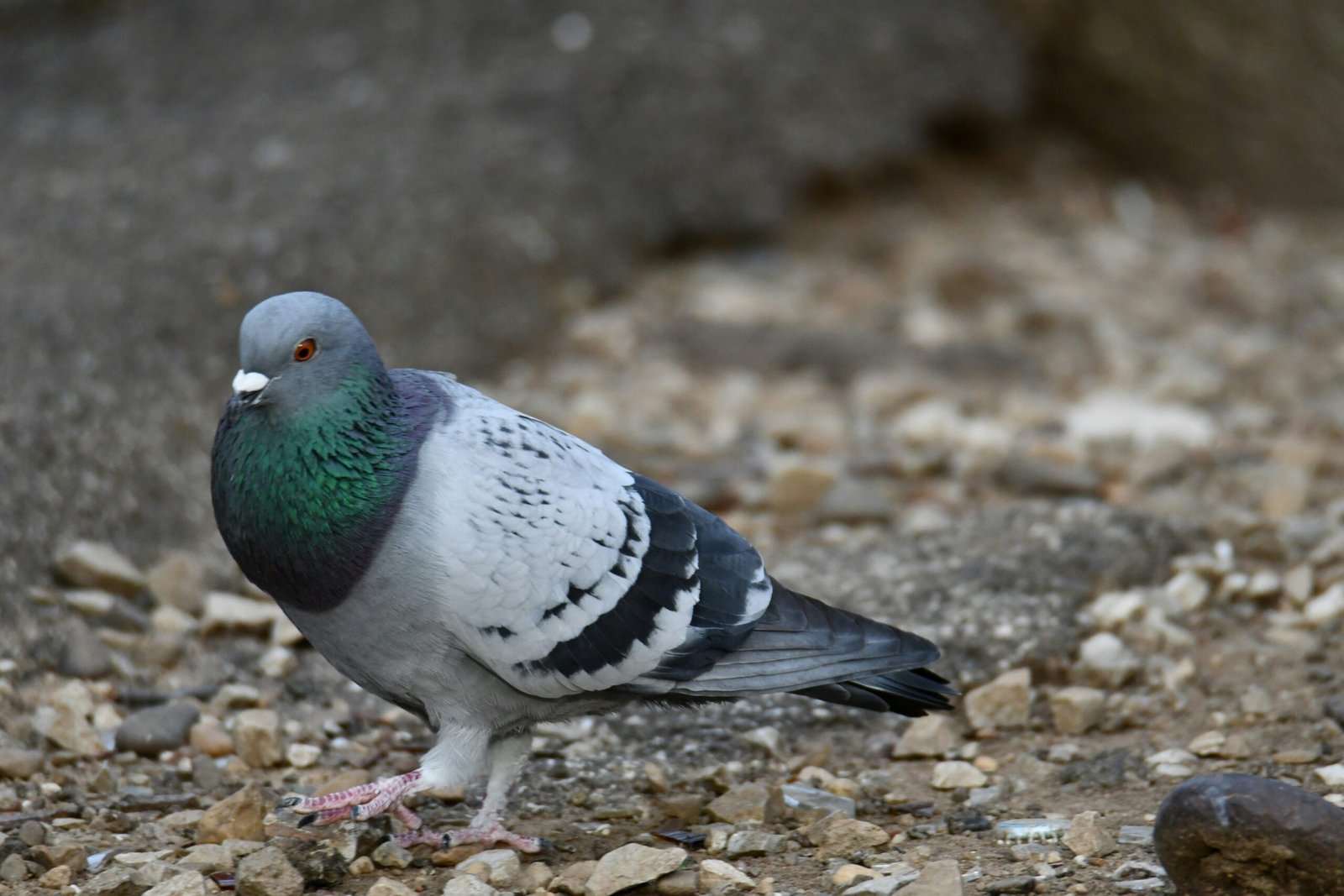Introduction to the California Condor and Its History
The California condor, a magnificent bird with an impressive wingspan that can reach up to 10 feet, once soared across the skies of North America. With its striking black feathers and distinctive white markings, this avian giant was not just a symbol of wilderness but also a crucial part of the ecosystem. However, by the late 20th century, it faced near extinction due to human activities and environmental changes.
Despite these challenges, hope emerged as dedicated conservationists rallied together to save this iconic species from disappearing forever. Today, the story of the California condor is one of resilience and recovery—a testament to what can be achieved when we come together for wildlife preservation. Join us on this journey as we explore the highs and lows in the life cycle of the majestic California condor!
The Plight of the California Condor: Causes of Extinction
The California condor once soared majestically over the western United States, but its numbers dwindled drastically due to human actions. Habitat destruction played a significant role in their decline. As forests were cleared for agriculture and urban development, these magnificent birds lost their nesting sites.
Lead poisoning emerged as another critical threat. Condors often ingest spent lead ammunition while scavenging on carcasses. This exposure can be fatal or lead to severe health issues.
Additionally, microtrash pollution has become a modern hazard. Tiny bits of plastic and other debris litter the environments where condors feed and nest, posing ingestion risks that compromise their health.
Poaching also contributed to the decimation of this iconic species. Despite being protected under various laws, illegal hunting still posed challenges for conservationists working tirelessly to save them from extinction.
Efforts to Save the Species – Captive Breeding and Reintroduction Programs
Captive breeding has emerged as a lifeline for the California condor. In the 1980s, with only 27 individuals left in existence, conservationists stepped in to prevent complete extinction.
Breeding programs were initiated at facilities like the Los Angeles Zoo and San Diego Zoo. These zoos played a vital role by creating environments that mimic natural habitats. The goal was simple yet ambitious: to increase population numbers and genetic diversity.
Once sufficient numbers were reached, reintroduction efforts began. Condors hatched in captivity were carefully released into protected areas of California, Arizona, and Utah. Biologists monitored their adaptation closely.
These initiatives required dedication from teams of scientists and volunteers who tracked each bird’s movement using radio transmitters. Their commitment has been key to ensuring these majestic birds can thrive once more in the wild without human assistance.
Success Stories – How the California Condor Population Has Grown
The recovery of the California condor is nothing short of remarkable. From a mere 27 individuals in the wild during the late 1980s, dedicated conservation efforts have seen their numbers rise significantly.
Thanks to captive breeding programs initiated by organizations like the U.
S. Fish and Wildlife Service, these majestic birds received a second chance at life. Each chick hatched in controlled environments has been carefully nurtured and later released into natural habitats across California, Arizona, and Utah.
Monitoring systems using GPS technology now track their movements in real-time. This data not only ensures their safety but also aids researchers in understanding their behaviors better.
Local communities have rallied around this cause too, participating in habitat restoration projects that help support these birds as they reclaim their skies. Awareness campaigns have ignited interest and passion for protecting this species further enhancing its chances of survival amidst ongoing challenges.
Challenges Faced by California Condors Today
California condors are majestic birds, but they face numerous challenges in today’s world. Habitat loss remains a significant threat as urban development encroaches on their natural environments. As these areas shrink, the condors have fewer places to nest and forage.
Lead poisoning is another critical issue. Many condors ingest spent lead ammunition while feeding on carrion. This toxic exposure can be fatal, hindering recovery efforts significantly.
Additionally, microtrash pollution poses a lesser-known yet serious risk. These birds often mistake tiny bits of plastic and other debris for food items. Ingesting this waste can lead to severe health problems or even death.
Moreover, climate change alters ecosystems rapidly. Fluctuating temperatures affect available food sources and nesting sites, adding further stress to an already vulnerable population.
Despite ongoing conservation efforts, these factors continue to challenge the survival of California condors in their quest for recovery.
The Importance of Protecting and Preserving this Species
The California condor is more than just a bird; it represents the resilience of nature. Its survival impacts ecosystems, illustrating the delicate balance between species. Each condor plays a role in scavenging and maintaining ecological health.
Protecting this majestic creature fosters biodiversity. A thriving population signifies that our environment remains healthy and adaptable to change.
Moreover, the California condor serves as a symbol for conservation efforts worldwide. Its story inspires communities to engage in wildlife protection initiatives.
As these birds soar through California’s skies, they remind us of our responsibility to preserve natural habitats for future generations. Supporting their recovery reflects our commitment to safeguarding all forms of life on Earth.
Investing time and resources into their protection ensures we maintain not just the condors but also the richness of our shared ecosystem. The more we care, the stronger these magnificent birds become in reclaiming their rightful place among us.
Conclusion – How We Can Help Ensure a Bright Future for the Majestic
The California condor’s comeback is a testament to the power of conservation efforts and community involvement. Each one of us can play a role in ensuring this majestic bird continues to soar across the skies. Supporting local wildlife organizations, participating in awareness campaigns, or even visiting national parks where these birds thrive helps create an environment for their survival.
Advocating for habitat protection and sustainable practices is crucial as well. By reducing pollution and supporting legislation that benefits wildlife, we contribute directly to the health of ecosystems that sustain not just condors but countless other species too.
Education plays a vital role in fostering appreciation for the California condor. Sharing knowledge about their history, plight, and recovery inspires others to join in protecting them.
As we look ahead, it’s essential to remain vigilant against threats like lead poisoning and habitat loss. Together, we can help ensure these magnificent creatures continue to grace our skies with their incredible presence for generations to come. The journey of the California condor reminds us that hope exists when communities rally together around a shared cause—preserving our planet’s natural wonders.



